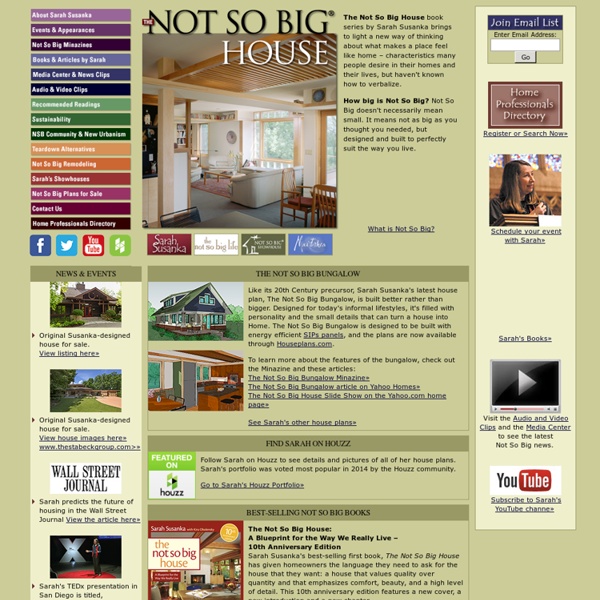



Building Enclosure Council (BEC) | The National Institute of Building Sciences Sun Plans :: Sun-Inspired Passive Solar House Plans SolTech Energy – Integrated Solar Energy Passive House in the Woods Home Green Label / Green Label Plus The higher standard for indoor air quality Today, indoor air quality (IAQ) is an important environmental consideration, especially since we spend approximately 90 percent of our time indoors. In 1992, CRI launched its Green Label program to test carpet, cushions and adhesives to help specifiers identify products with very low emissions of VOCs. CRI has recently launched its next series of improvements called Green Label Plus for carpet and adhesives. This enhanced program sets an even higher standard for IAQ and ensures that customers are purchasing the very lowest emitting products on the market. For more information, select one of the following testing programs: Quick facts Green Label Plus measures up Green Label Plus is an example of CRI’s leadership in the best practices of environmental responsibility. UL and Materials Analytical Services (MAS) test carpet and adhesive samples using the most up-to-date, dynamic environmental chamber technology. Documents in Portable Document Format
ACEEE Blog Late on Friday, the Department of Energy (DOE) proposed new efficiency standards for commercial icemakers, which make the ice provided by drink dispensers in fast food restaurants among many other uses. While the proposed standards would be a significant step toward improving icemaker efficiency, higher cost-effective efficiency levels could be achieved using commercially available technologies. At a fast food restaurant, icemakers typically sit on top of the fountain drink dispensers. Commercial icemakers are also used in places like hotels, hospitals, and convenience stores. DOE estimates that icemakers meeting the proposed standards sold over thirty years would reduce U.S. electricity consumption by about 30 billion kilowatt-hours, which is equivalent to the annual electricity use of three million U.S. homes, and save businesses $1.8 billion.
Le blog de l'éco-conception